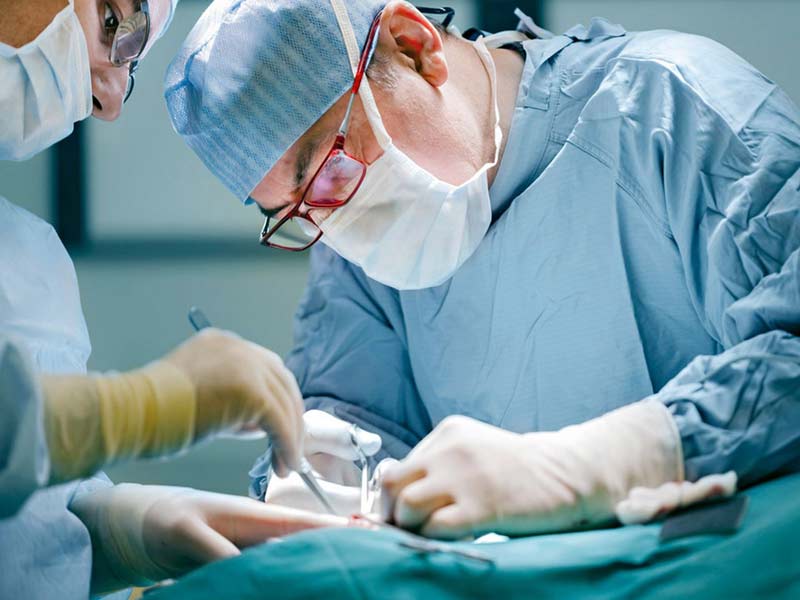What Is Open Parathyroidectomy?
Open Parathyroidectomy is the traditional treatment of choice in symptomatic primary hyperparathyroidism. Parathyroidectomy cures fatigue and the bone, abdominal, urological, and mental symptoms associated with hypercalcaemia. Parathyroidectomy also results in a quantifiable improvement in health related quality of life.
After successful parathyroid surgery PTH in the blood will return to an appropriate level and the calcium levels will return to normal.
Anaesthesia for parathyroidectomy
- Parathyroidectomy is routinely performed under general anaesthesia
- The anaesthetic is given by a specialist Anaesthetist
- Modern anaesthesia is safe, however, rarely serious reactions to anaesthesia occur
- If you have ever had a reaction to an anaesthetic drug tell your Anaesthetist and Surgeon
- Your Anaesthetist will be able to explain which anaesthetic is best and the associated risks and benefits
Minimally Invasive versus Open Parathyroidectomy
For minimally invasive parathyroidectomy a 2 to 3 centimetre incision is made to access just the parathyroid adenoma responsibe for hyperparathyroidism. This approach is suitable for patients who have the parathyroid adenoma localised on a parathyroid scan or neck ultrasound. Where suitable minimally invasive parathyroidectomy gives excellent cure rates. For open parathyroidectomy the incision is usually around 5 to 6 centimetres and allows access for examination of all the parathyroid glands in the neck. Open parathyroidectomy is preferred when all four parathyroid glands need to be examined.
Incision for parathyroidectomy
For open parathyroidectomy a horizontal skin incision is made in one of the lower neck skin creases. The incision is routinely closed with dissolving sutures and then taped with micropore. With routine wound care including taping in the early post-operative period the scar usually settles to blend in with the skin creases.
Recovery after parathyroidectomy
The in-hospital length of stay after parathyroidectomy is usually one night and the length of time off work is variable but often one to two weeks. Most people recover fairly quickly after parathyroidectomy and resume normal activities within one to two weeks. A post-operative visit at two to three weeks is routine to review the results – you will need to contact the office to make an appointment for that visit.
After Parathyroid Surgery
Generally your follow-up will consist of:
- A visit at 2 to 3 weeks for a wound check. You will need to contact the office to make an appointment for that visit
- Α final surgical review at 3 months
- Patients who require calcium supplements need to be seen by the Local Doctor on a weekly basis to have the blood calcium level checked and to have the calcium supplements progressively reduced
- Endocrinology review is needed 2 to 3 months after surgery for progress monitoring
- Your Local Doctor or Endocrinologist may need to see you more frequently for if there are any problems
Calcium supplements
After successful parathyroid surgery the calcium level falls to normal very quickly. A temporary drop in calcium levels below normal also sometimes occurs. Symptoms of a low calcium level may include tingling around the mouth and in the hands, and, cramping (“tetany”) of the hands and feet. Patients with a low calcium level after parathyroidectomy are usually sent home on calcium supplements and will need to see their Local Doctor every week to have the calcium levels monitored and calcium supplements reduced accordingly.
If you have questions about parathyroid problems or open parathyroidectomy, speak to your Local Doctor, who will arrange to contact a thyroid surgeon.

